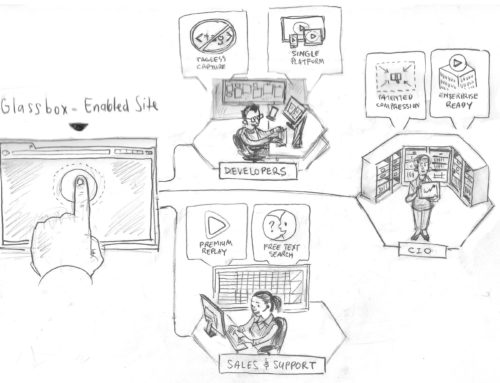
“Infographic” is a bit of a buzzword at the moment, but these colorful charts and illustrations have grown in popularity because they work — for businesses, for brands and for audiences.
A quick web search will bring up a variety of infographics on just about any topic you can think of. As a visual communication device, infographics lend themselves to the representation of statistical data or explanation of complex relationships. But that’s not where their value ends. In fact, infographics can communicate just about anything, so long as it’s engaging, relevant and more compelling as an image than as pure text.
Infographics come in a variety of formats, too. Layout, orientation and styling are limited only by the creativity of the designer. We’re even starting to see the rise of “infomotion” — infographics with moving elements and interactivity that further engage the audience.
Infographics With Impact

The benefits of a great infographic are multiple — for the audience, better communication of ideas will improve their experience, while the style and ease of that communication will speak volumes about the organization or brand that produces it.
While creating a truly standout infographic may seem a daunting task (especially when there are so many good infographics competing for attention), the basic premise is very simple: Create something engaging and relevant that communicates with your audience.
And that’s where every infographic should begin — with communication. Every day, we use a whole range of communication methods to complete tasks, improve our knowledge and share ideas. Any infographic must therefore be clear on its message and the overriding impression it aims to make.
But it’s not just messaging that is key in creating infographics with impact. The platform and use of infographics also play a large role in how they will be received.
As an example, an infographic intended solely for use on the web may fit better into a portrait orientation, making use of standard web design functionality. Further interactivity may also be possible on the web — take a look at the BlackBerry small business infographic. Its authors make use of a handy zoom function to get more out of the available space and text size.
Alternatively, an infographic may be intended for use in print. Consider even the use of infographics in transport advertising, such as the London Underground — especially the large pieces opposite the platform or the overhead spaces. In terms of engagement, the infographic would benefit from a location where there is enough time and viewing distance for the viewer to immerse himself or herself in the details.
Extracting Maximum ROI
As with everything in which we invest time or money, we need to see a good return on our investment when it comes to infographics. This might be measured as a traffic boost to a website or an increase in calls from interested customers. But infographics are equally important in terms of brand building, and a well-executed infographic can boost the reputation of the company it represents in ways that are difficult to measure.
What we can do to improve our infographic ROI is to ensure it is used and re-used as much as possible. An infographic might start out as part of your website. If it’s relevant and useful, it could then be used within your PR efforts to accompany an editorial on a related subject. Or, it might be re-used as part of an offline marketing campaign.
Infographics also have an inherent viral potential. If they’re genuinely relevant and engaging, infographics will be shared across the web, through social media, email and via online publications. Improving the sharability of this medium is therefore critical. Beyond simple social buttons on your own site, it’s important that the graphic be well branded, and that it will deliver the same message when it is removed from the context of your website.
Yet despite all of the opportunities infographics offer, they remain significantly underused. As consumers’ attention to traditional advertising continues to decrease, it is vital that communication methods continue to evolve. Infographics are an important part of that evolution, and savvy brands and marketers should take note.
Image courtesy of iStockphoto, SpiffyJ







